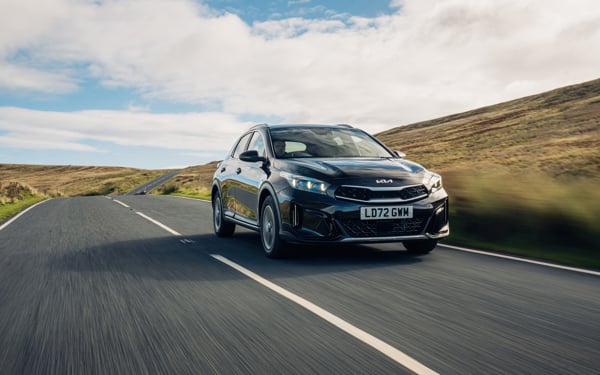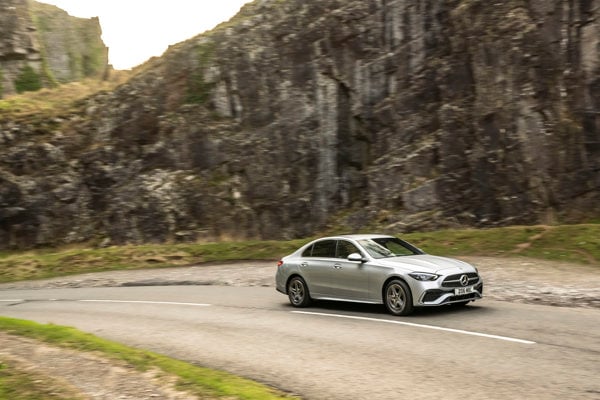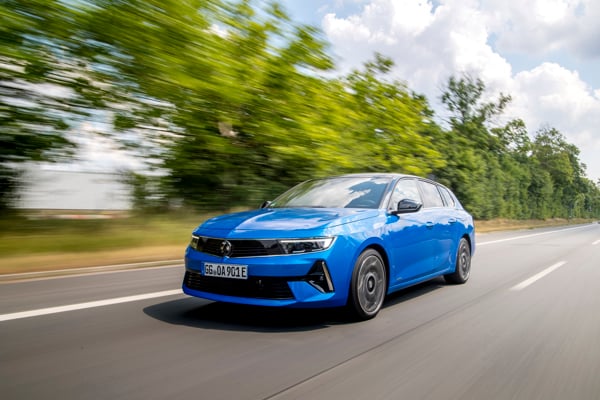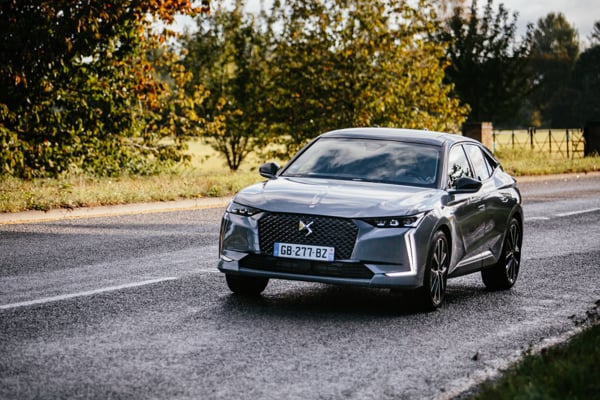Review
The facelifted Lexus IS may be hard to differentiate from its predecessor but the manufacturer has made a number of small changes to its best-selling model and is hoping a competitive list price and low emission powertrain will help it steal sales from the executive saloon elite.
The hybrid powertrain in the IS 300h emits 97g/km of CO2; not the best on the market by far. But factor in its £29,995 list price and the IS 300h SE model offers class-leading BIK (benefit-in-kind) tax of £80 per month (20%) – rising to £115 in three years.
The hybrid will account for 90% of all IS sales in the UK, with 57% going to fleet customers.
Drivers won’t be disappointed because the IS 300h is equipped with a 2.5-litre petrol engine and powerful electric motor; developing a combined 220PS and 221Nm.
Lexus claims that the IS 300h can achieve 67.3mpg, but we expect real-world figures to be closer to 50mpg.
Nonetheless, while tax is based on emissions fleet managers should expect to see an increase in demand for IS models.
Even top spec Premier models which feature advanced navigation and a 15-speaker audio system will only set drivers back £120 per month in BIK tax.
The facelift has seen the introduction a new 10.3-inch infotainment display which is nestled atop the dashboard. Unfortunately it is controlled by the same fiddly joystick and mouse set-up the old model received criticism for.
Other changes include a revised front end, which although different, isn’t a marked improvement. In addition there are sleeker LED headlights and a wider grille. The front fog lights have been removed to make way for larger air intakes.
Lexus has also sharpened up the chassis settings to make the IS feel more nimble and upped the interior’s build quality.
It still isn’t the most dynamic saloon on the market but break-neck handling isn’t really what Lexus is about. It’s serenely quiet, smooth riding and easy to drive. Gadget freaks will be impressed by the level of technology on offer and those wanting a less staid image can opt for the F-Sport which features larger alloy wheels and a digital instrument cluster derived from the LFA supercar.
Thanks to its electric motor the IS 300h can set off at speeds up to 40mph using no fuel at all. When needed, the petrol engine provides extra shove and recharges the batteries. No plug-in option means range is limited, but it helps keep weight and cost down.
The only time the Lexus disappoints is when accelerating uphill; its CVT gearbox keeps the engine turning at maximum revs and the car wails along showing no signs of respite.
To mask the din a sound synthesizer is fitted which plays a fake ‘sporty’ engine noise into the cabin. I found this incredibly annoying and, luckily, it can be switched off.
Specs
| Manufacturer | Lexus |
| Model | IS |
| Specification | IS 300 Saloon 2.5h 223 SS SE Lexus SNav CVT Auto 17MY |
| Model Year | 0.00 |
| Annual VED (Road tax) | £0 |
| BIK List Price | £30,935 |
| CO2 | 97g/km |
| BIK Percentage | 18% |
| Insurance Group | N/A |
| CC | N/A |
| Fuel Type | Petrol Hybrid |
| Vehicle Type | Premium family car |
| Luggage capacity (Seats up) | 5litres |
Running Costs
| P11D | £30,935 |
| Insurance group | N/A |
| Fuel Type | Petrol Hybrid |
| Cost per mile | 99.09ppm |
| Fuel | 7.71ppm |
| Depreciation | 88.80ppm |
| Service maintenance and repair | 2.58ppm |
Rivals
Info at a glance
-
P11D Price
£30,935
-
MPG
67.3 -
CO2 Emissions
97g/km -
BIK %
18% -
Running cost
3 Year 60k : N/A 4 Year 80k : N/A -
Fuel Type
Petrol Hybrid



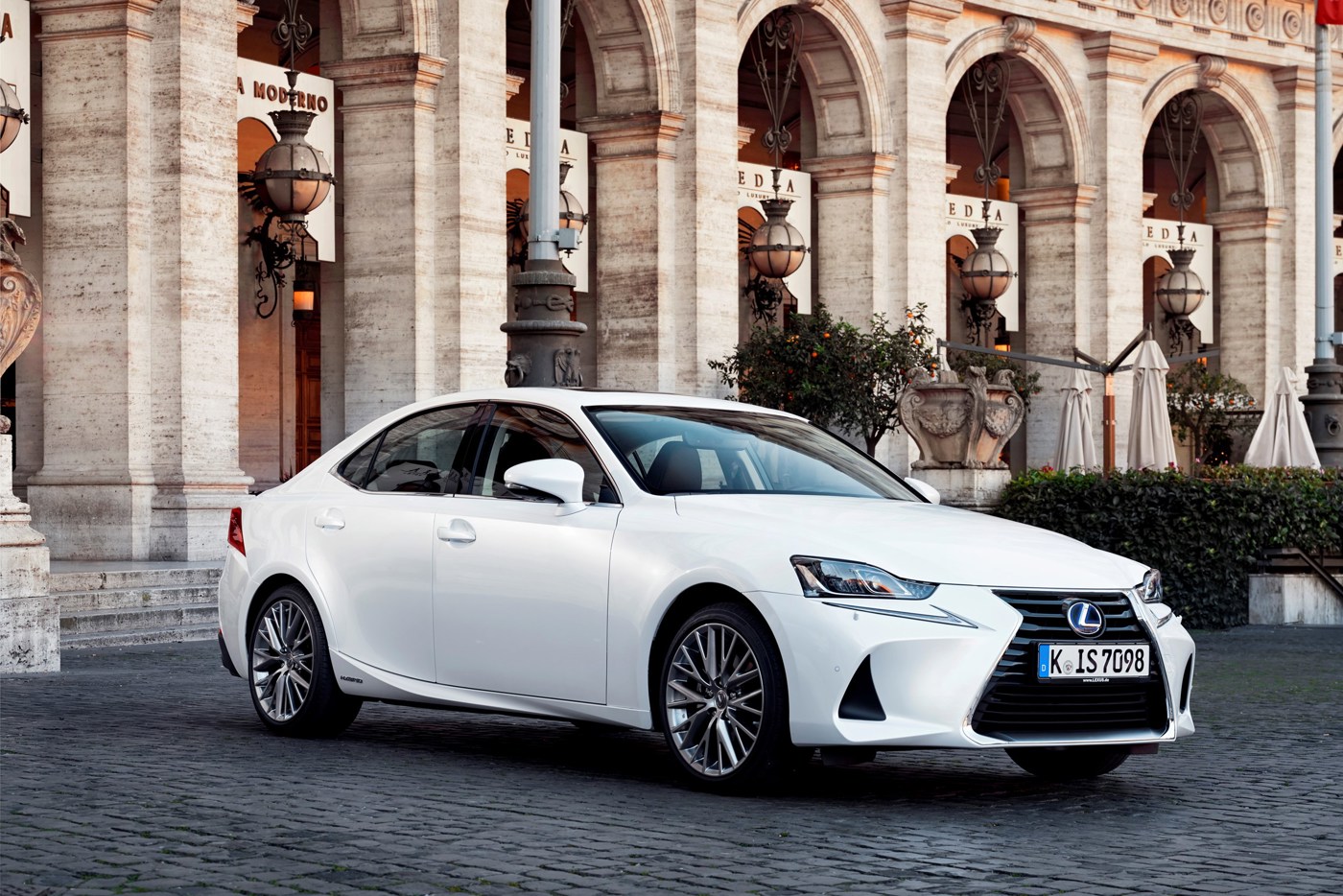












 Petrol Hybrid
Petrol Hybrid
